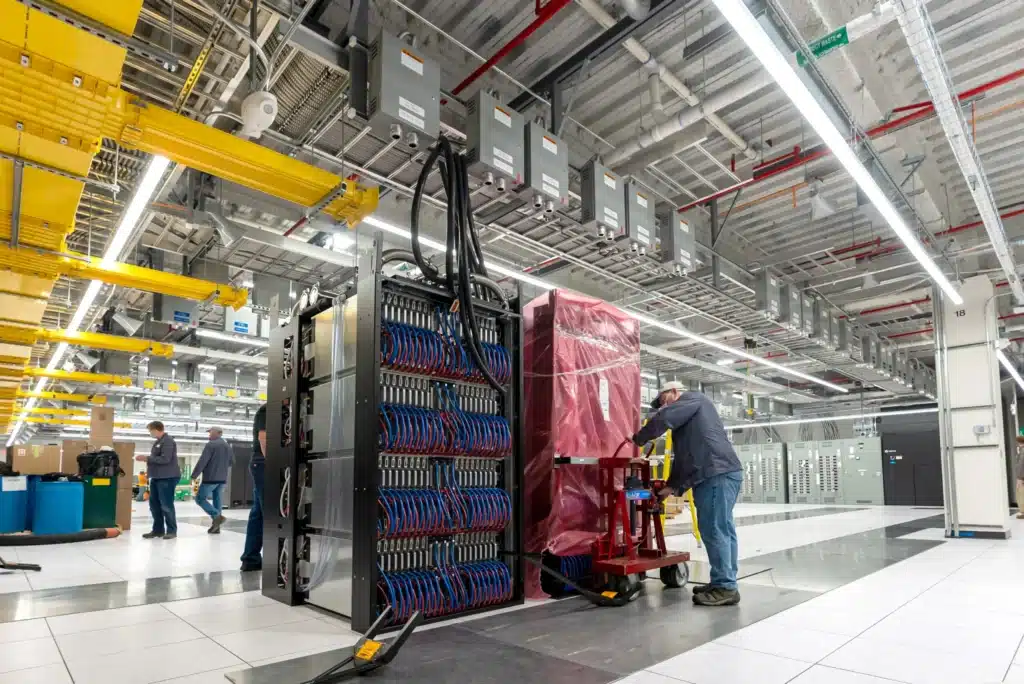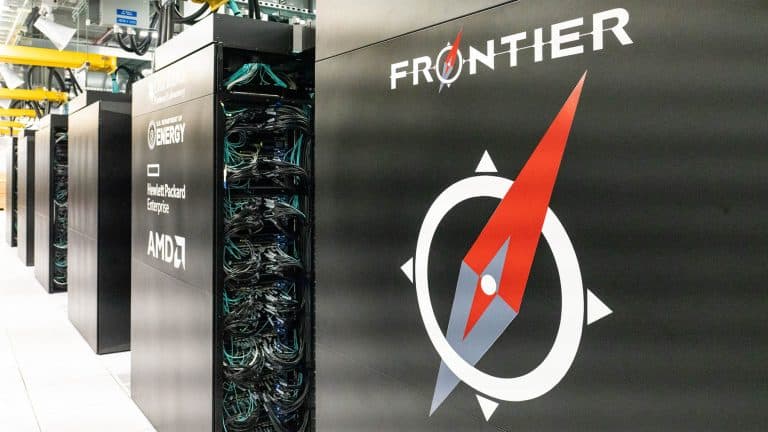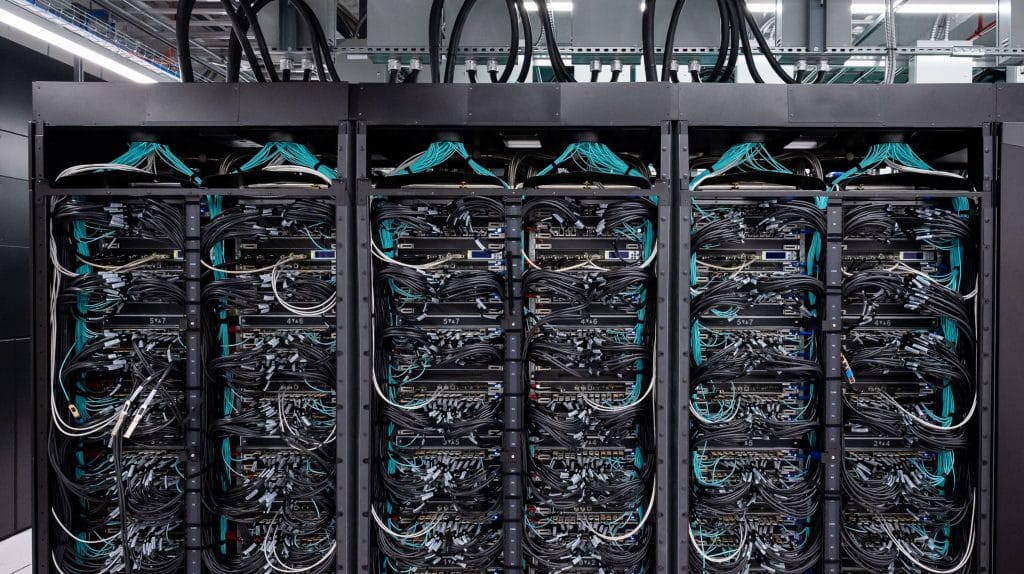This is the first time that the Frontier supercomputer situated at the Oak Ridge National Laboratory (ORNL) has operated since it was installed in 2011. As of this writing, its initial testing findings have been presented to the world’s quickest supercomputers on the Top500 ranking, which includes AMD-powered systems. When Frontier was recently ranked top, it broke through to the exascale realm for the first time. When put through the High-Performance Linpack testing, it cranked out 1.1 Exaflops/s, which is more than one quintillion computations every second. FLOPS, meaning Floating Point Operations Per Second, is a metric of computing power.
ARM A64X Fugaku lost Its Place
ARM A64X Fugaku, the top-ranked computer in Japan for the previous two years, was knocked from its perch by the Frontier. That machine is merely susceptible to 442 Petaflop/s of speed, thus Frontier seems to be much more powerful and quick compared to the former. In fact, it is more powerful than the following seven supercomputers on the rankings put together.
AMD as well as Hewlett Packard Enterprise have collaborated to build this computing beast. Powered by AMD EPYC 64C CPUs, it operates on the HPE Cray EX235a framework. On this system, there appear to be over 9,400 AMD-powered processors spread over 74 HPE Cray EX units. About 90 kilometers of cable are required to link all of its components. Gigabit Ethernet is responsible for transferring information over a computer network. In addition to being the most robust machine available, this one is also the most energy-efficient.
On the Green500 ranking, which ranks publicly accessible supercomputers based on their power consumption and effectiveness, it grabbed first place for the first time. Performance-per-watt figures from ORNL show it to be the best in the world. It also topped the new “mixed precision” classification, with 6.88 Exaflops of processing power. These computations were tested utilizing the HPL-AI testing, which examines the performance of machine learning as well as AI computations.
What’s remarkable is that Frontier hasn’t even reached its projected max throughput of two Exaflops yet. Compiled by hundreds of individuals from the public and commercial sectors, it is a labor of love. Although the epidemic caused significant delays, the project is again back on track. Much more has to be done regarding its development. It needs additional experimentation and verification before it can be put to use in scientific research.
In 2023, the product will be ready for usage after years of development. It will be used to execute complex computer exercises once it is up and running. For example, ORNL claims it will be utilized to represent cancer cells, supernovas, and the coronavirus.
In case you’ve ever wondered what it costs to operate a Frontier-style network, consider these numbers. There seem to be a maximum of 74 cases, each weighing 8,000 pounds. In other words, it has 700,000 terabytes of storing space. The coolant uses 350hp pumps to transport 6,000 gallons of liquid per minute through the network. There has adequate capacity in its hydraulic system to chill 30,000 houses. Even if everyone on the earth worked simultaneously, this would require four years for our combined calculations to catch up to what Frontier can perform in only one second. It’s no secret that this machine is strong.




